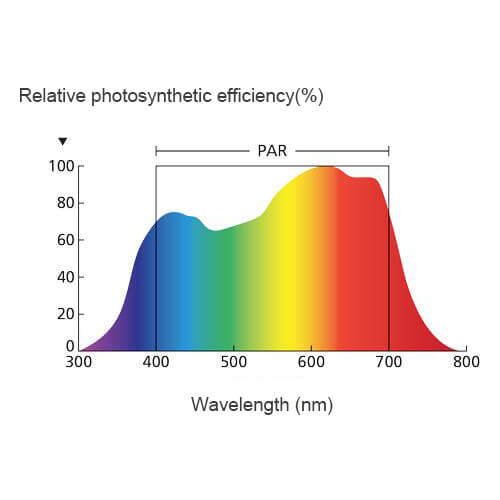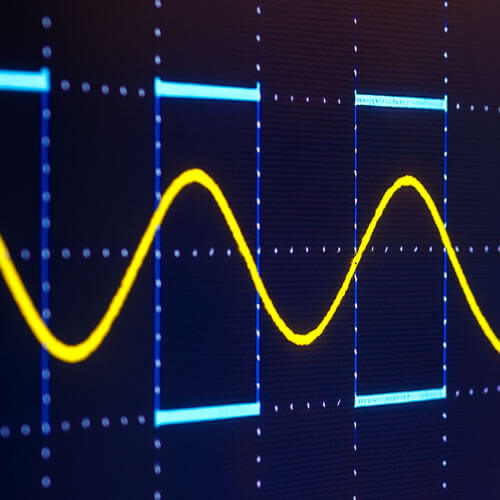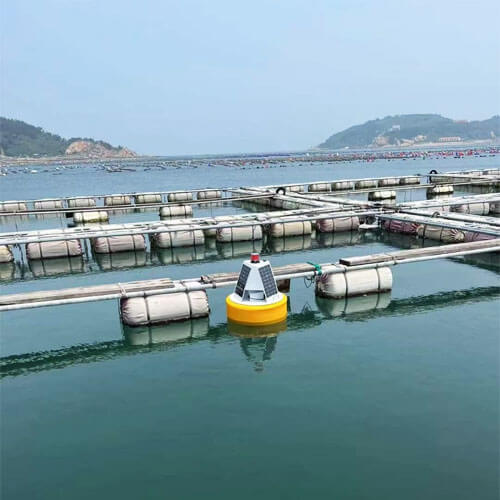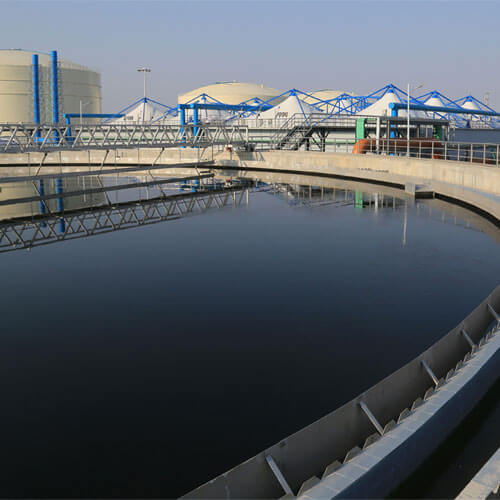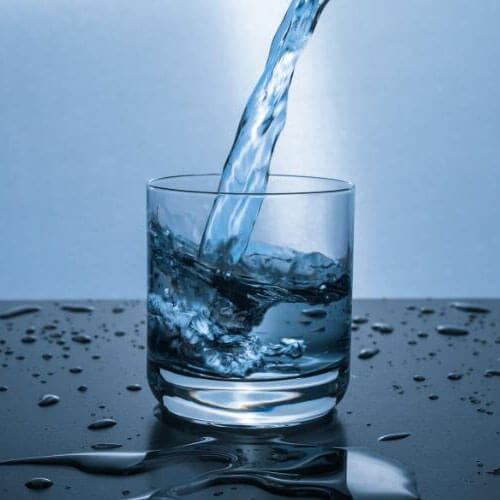What is photosynthetically active radiation?
The spectral component of solar radiation that is effective for plant photosynthesis is called photosynthetically active radiation (PAR), with a wavelength range of 400-700 nm, which basically coincides with visible light. The proportion of photosynthetically active radiation in direct solar radiation increases with the increase of the solar altitude angle, up to 45%. In diffuse radiation, the proportion of photosynthetically active radiation can reach as much as 60-70%, so cloudy days actually increase the proportion of PAR. On average, photosynthetically active radiation accounts for about 50% of the total solar radiation.
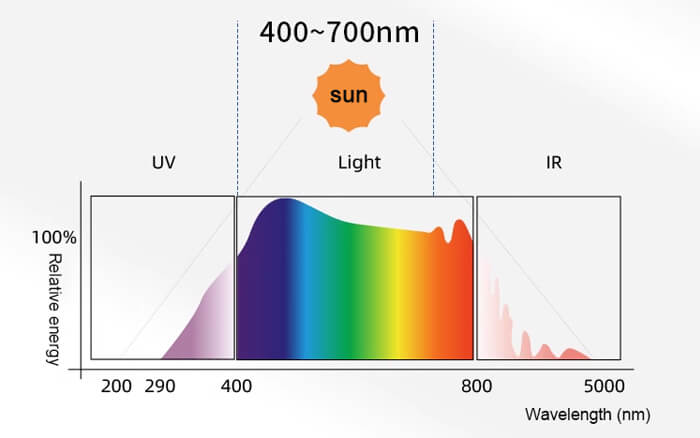
Factors affecting PAR
Photosynthetically active radiation is affected by many factors, including the solar altitude, clouds and aerosols in the atmosphere. The higher the solar altitude, the shorter the path of light through the atmosphere, and the photosynthetically active radiation will increase accordingly. The presence of clouds and aerosols will block the propagation of part of the light, reducing photosynthetically active radiation.
Light intensity vs PAR
Light intensity refers to the amount of light energy received per unit area, and its unit is Lux. It covers all visible light bands that the human eye can perceive (approximately 380 to 780 nanometers) and is one of the indicators for evaluating lighting conditions. Light intensity is closely related to light source intensity, propagation distance, and obstacles. The value of light intensity can be measured by a light sensor.
Photosynthetically active radiation refers to the part that plants can effectively use during photosynthesis, and the unit is usually μmol/m²/s. The wavelength range is 400 to 700 nanometers, because the photon energy in this range is just suitable for driving photosynthesis in plants. The value can be measured by a PAR sensor.
Photosynthetically active radiation and light intensity are inseparable concepts. There is a certain relationship between photosynthetically active radiation and light intensity. The two influence each other and jointly determine the growth and photosynthesis efficiency of plants. Lower light intensity will lead to insufficient photosynthetic active radiation, thereby limiting the photosynthesis capacity of plants. On the contrary, excessive light intensity may cause damage to plants and destroy photosynthesis.
What does photosynthetically active radiation do?
During photosynthesis, plants need to use solar radiation. Photosynthetically active radiation is the spectrum range of light that plants obtain from external solar radiation. They can be likened to the “eyes” of plants. Plants can only obtain the energy of sunlight through a specific spectrum in photosynthetically active radiation to perform photosynthesis.
Photosynthetically active radiation is very important for plant growth. During their daily growth, plants maximize the use of photosynthetically active radiation to obtain the maximum light energy. Therefore, plants constantly adjust the color and shape of pollen according to their own characteristics in order to maximize the absorption of light in PAR.
In addition, photosynthetically active radiation can also determine the health of plants. By performing spectral analysis on plant leaves and other parts, it can be determined whether the plant is in a state of disease or malnutrition. If the range of photosynthetically active radiation in the leaves is found to be narrowed, it can be determined that the plant is in a bad environment or attacked by disease.
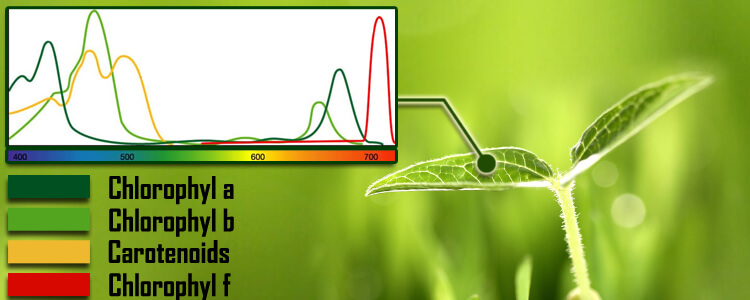
Photosynthetically active radiation for plants
1. Affecting plant photosynthesis: PAR is the energy source for plants to carry out photosynthesis. Too little photosynthetically active radiation will lead to a decrease in the rate of photosynthesis, which can cause the plant leaf area to shrink, the leaves to become thinner, and the growth of plants to be hindered.
2. Affecting plant morphology: The intensity and photoperiod of PAR will affect the morphology of plants. Too little photosynthetically active radiation and too long photoperiod will lead to thin stems, small leaves, and slender branches; too much photosynthetically active radiation and too short photoperiod will lead to thick stems, large leaves, and thick branches.
3. Affecting plant yield: The right amount of PAR can increase the yield and quality of plants. Giving plants the right amount of photosynthetically active radiation at night or when the temperature difference between day and night is large can increase plant yield and nutritional content.
4. Affecting plant metabolism: The intensity and time of PAR will affect the plant’s biological rhythm, material metabolism, pigment synthesis and other physiological metabolic processes.
5. Influence on plant adaptability: Plants and environmental factors are closely related. PAR is the basis of plant growth and development, and has an important influence on the adaptability of plants under different environmental factors.
How to measure photosynthetically active radiation?
The measurement of PAR can usually be done in the following ways.
1. PAR sensors
This sensor is usually based on the principle of photoelectric effect. It can measure light within a specific wavelength range and convert it into electrical signal output, thereby measuring the intensity of PAR. When in use, install the sensor at the location where it needs to be measured, such as in the field, greenhouse or plant canopy, to ensure that its receiving surface can fully receive light radiation.
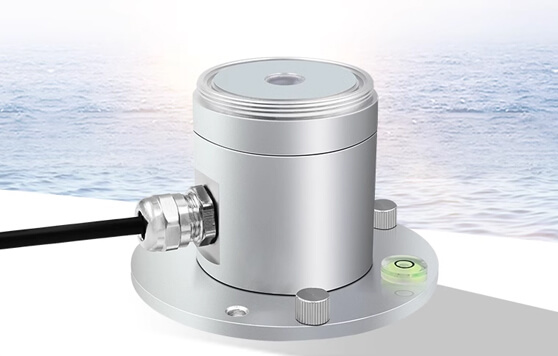
2. Professional instruments
Use professional measuring instruments, such as portable photosynthetically active radiometers. This instrument usually has high accuracy and stability and can directly read the value of PAR. When operating, follow the instructions for use of the instrument to perform correct settings and calibration, and then place it at the measurement point for measurement.
3. Estimation through data from weather stations
The weather station usually measure some parameters related to light radiation, such as total solar radiation, cloud cover, etc. Through specific models and algorithms, the intensity of PAR can be estimated based on these parameters. When measuring photosynthetically active radiation, pay attention to choosing the appropriate measurement time and location to ensure the accuracy and representativeness of the measurement results.
Applications of photosynthetically active radiation measurement
1. Agricultural research
Photosynthetically active radiation has a research effect on plant photosynthesis, growth and development, morphological construction and plant metabolism. Different bands of light irradiated on plants have different physiological effects on plants, so the weights of light in different bands participating in photosynthesis are different, and vary with the variety and growth stage of the plant. The measured PAR data is of great significance to the study of plant growth, plant photosynthesis, and vegetation index.
2. Promoting plant growth and development
Measuring PAR in the greenhouse can grasp the light intensity data, evaluate the lighting environment in the greenhouse, and plant the best crop varieties. The automatic roller shutter device of the greenhouse can also be controlled according to the amount of photosynthetically active radiation.
3. Reasonable supplementary lighting
In facility agriculture, especially in plant factories equipped with plant supplementary lighting, measuring PAR can monitor and adjust the lighting environment. At the same time, it can also accumulate the lighting data of plants during the growth cycle. Artificial supplementary lighting in facility agriculture must follow the physiological characteristics of plants to achieve the best supplementary lighting effect. Therefore, it is necessary to accurately measure the spectrum and irradiation intensity of the supplementary light source. On the other hand, the study of the photophysiological characteristics of plants also requires accurate measurement of the incident light.

